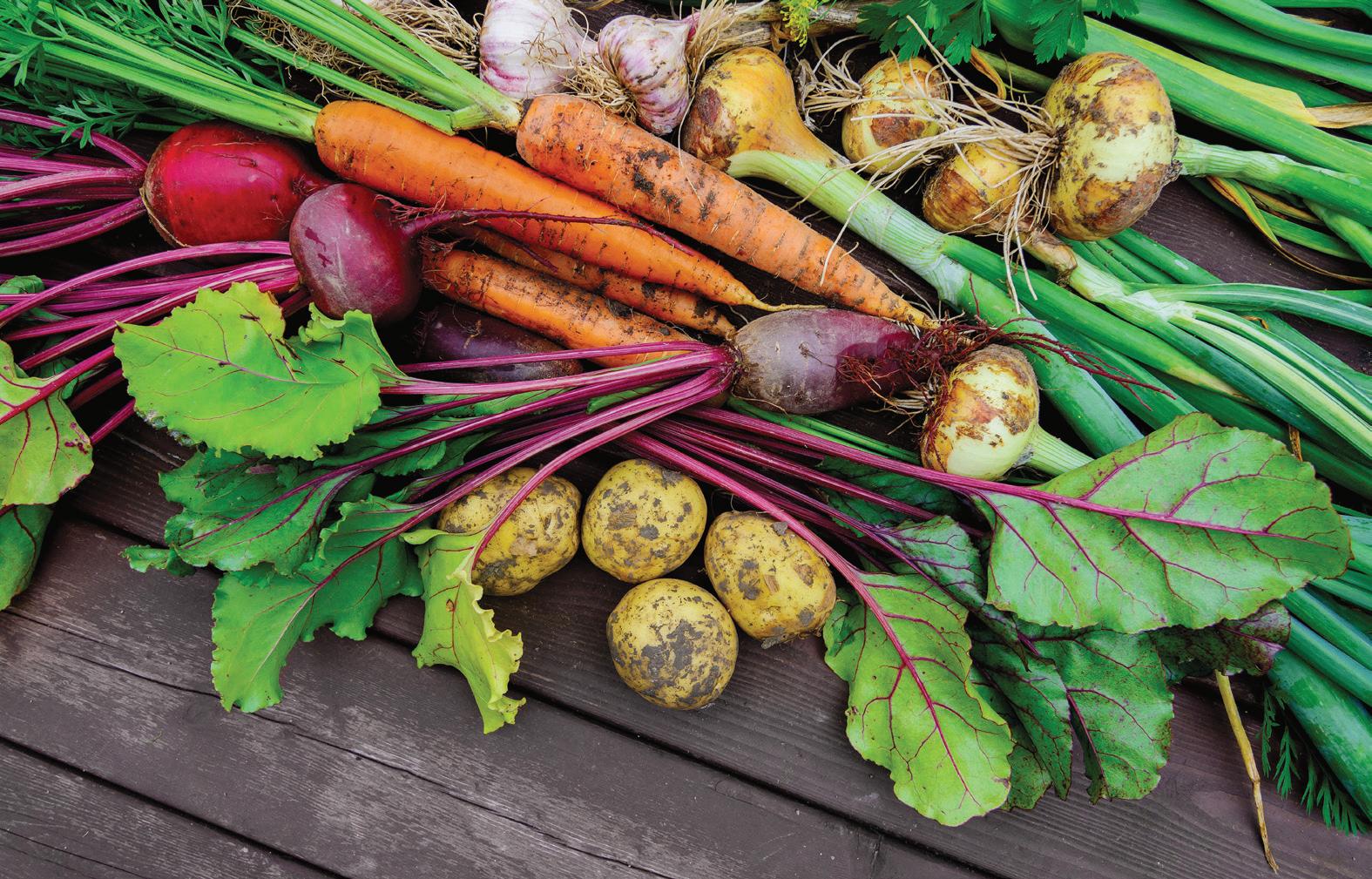
1 minute read
Growing Fall Vegetables
Summer is known for its array of bountiful fruits and veggies. But there are plenty of tasty crops that thrive the cooler months of fall.
KNOW YOUR ZONE
Advertisement
The USDA divides the country into zones of plant hardiness so that you know what plants are more likely to thrive in your area. It’s based on the average annual minimum winter temperature, divided into 10-degree zones ranging from 1a-13b. You can visit the USDA website, enter your ZIP Code and find your growing zone to determine which plants will do best in your yard.
FALL VEGETABLES
No matter where you live, there are certain plants that will do best in the fall. Look for these tasty plants to add to your fall gardens (and tables).
• Beets: These root vegetables are nutrient rich, packing a punch of folate as well as vitamin C and magnesium. Try them roasted. • Beans: There are tons of varieties of beans and all of them are high in protein and fiber. • Broccoli: This relative of cabbage is full of nutrients and fiber that promotes healthy digestion. • Turnips: Another root vegetable, turnips are full of vitamin A and K, and also has plenty of calcium and manganese. • Collard greens: Here’s another relative of cabbage that’s loaded with vitamins A and C. In the South, greens are a staple vegetable usually served smothered with smoked meats and served with cornbread. • Lettuce: Get ready for tasty salads. The cooler months mean tender leaves.
• Pumpkins: You can’t have a fall garden without the season’s favorite decorative squash. In addition to making a great pie, a serving of pumpkin packs a whopping 197% of your daily value of vitamin A. • Potatoes: Fall is the perfect time for root vegetables, as you can probably tell. Potato is a staple and will be perfectly at home in your fall garden.
GET STARTED IN SUMMER
A great fall garden actually starts in summer. You need to plant in the heat of summer (usually around August) to give your fall crops more time to mature. Cooler weather also means that crops can stay in the garden longer instead of having to be harvested immediately like their warmer weather counterparts.










